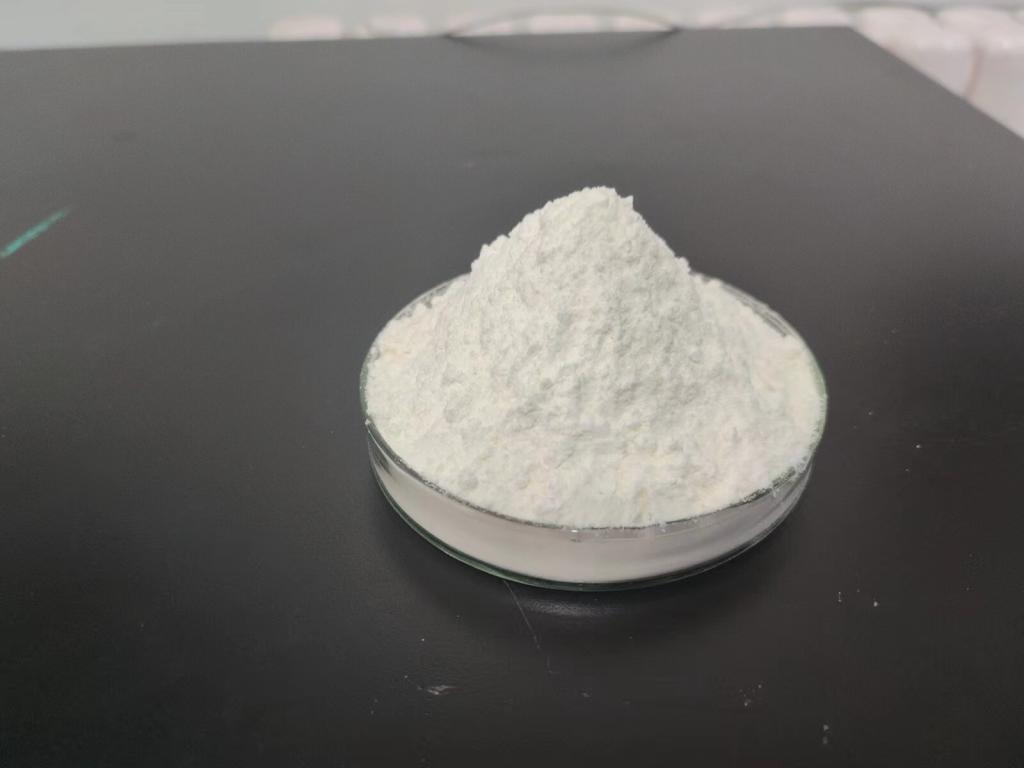Tel:+8618231198596

News
 CONTACT
CONTACT
 CONTACT
CONTACT
- Linkman:Linda Yao
- Tel: +8618231198596
- Email:linda.yao@dcpharma.cn
- Linkman:CHARLES.WANG
- Department:Overseas
- Tel: 0086 0311-85537378 0086 0311-85539701
News
ε-Polylysine Hydrochloride's Implications for Food Safety Education.
TIME:2023-09-07
The Importance of Food Safety Education
Foodborne illnesses are a global public health concern, with millions of people affected each year. These illnesses can result from consuming food contaminated with bacteria, viruses, parasites, chemical substances, or allergens. The consequences range from mild discomfort to severe illness, hospitalization, and even death.
Effective food safety education is essential for several reasons:
Preventing Illness: Education empowers individuals to take precautions to avoid foodborne illnesses, protecting their health and well-being.
Reducing Economic Costs: Foodborne illnesses result in significant economic costs due to medical expenses, lost productivity, and recalls of contaminated products.
Preserving Reputation: For food businesses, maintaining a reputation for safe and high-quality products is crucial for long-term success. Educated consumers are more likely to make informed choices and support brands with strong safety records.
Compliance with Regulations: Understanding and following food safety regulations is essential for food industry professionals to ensure that their products meet safety standards.
ε-Polylysine Hydrochloride as a Food Preservative
ε-Polylysine hydrochloride, commonly referred to as ε-PL or polylysine, is a natural food preservative derived from the fermentation of Streptomyces albulus, a bacterium found in soil. It is a polypeptide composed of multiple lysine amino acids linked together and is known for its potent antimicrobial properties.
Implications for Food Safety Education
The use of ε-polylysine hydrochloride in food safety education has several important implications:
1. Inhibition of Foodborne Pathogens
ε-Polylysine hydrochloride effectively inhibits the growth of foodborne pathogens, including bacteria like Salmonella, Listeria, and Escherichia coli. Educating consumers about this natural preservative's role in preventing pathogen proliferation can instill confidence in the safety of food products.
2. Extension of Shelf Life
By extending the shelf life of perishable food products, ε-polylysine hydrochloride can reduce the risk of consumers unknowingly consuming spoiled or contaminated items. Educating individuals about the benefits of shelf life extension can help prevent food waste and illness.
3. Clean-Label and Natural
Consumers are increasingly seeking clean-label and minimally processed foods. ε-Polylysine hydrochloride aligns with these preferences as a naturally derived preservative. Educating consumers about its natural origin can enhance their understanding of food ingredient labels.
4. Role in Food Preservation
Teaching individuals about the role of ε-polylysine hydrochloride in food preservation can foster an appreciation for the science behind safe food handling and storage. Understanding how preservatives work can lead to more informed choices in food selection and preparation.
5. Food Allergen Safety
Food allergies are a significant concern, and cross-contamination can lead to severe allergic reactions. Educating consumers about ε-polylysine hydrochloride's potential to reduce cross-contamination risks can promote greater allergen safety awareness.
Case Studies: Applying ε-Polylysine Hydrochloride in Food Safety Education
Several real-world examples demonstrate the potential of ε-polylysine hydrochloride in enhancing food safety education:
1. Educational Materials
Food safety organizations and institutions can develop educational materials, including brochures, videos, and online courses, that explain the role of ε-polylysine hydrochloride in food preservation. These resources can be distributed to consumers, food industry professionals, and students.
2. Label Transparency
Food manufacturers can use clear and informative labeling to indicate the presence of ε-polylysine hydrochloride in their products. This transparency enables consumers to make informed choices and understand the purpose of this natural preservative.
3. Cooking and Food Handling Classes
Cooking schools and culinary programs can incorporate lessons on food preservation techniques, including the use of natural preservatives like ε-polylysine hydrochloride. Participants can learn how to prepare and store food safely.
4. Public Health Campaigns
Public health agencies can launch campaigns highlighting the importance of food safety and the role of preservatives in preventing foodborne illnesses. These campaigns can target specific demographics and focus on safe food handling practices.
Challenges and Considerations
While ε-polylysine hydrochloride has the potential to enhance food safety education, several challenges and considerations must be addressed:
1. Consumer Awareness
Raising awareness about ε-polylysine hydrochloride and its benefits may require concerted efforts, as many consumers are unfamiliar with this natural preservative.
2. Education Accessibility
Ensuring that food safety education is accessible to diverse populations, including those with limited resources or language barriers, is essential for widespread impact.
3. Regulatory Compliance
The use of ε-polylysine hydrochloride must adhere to regulatory guidelines, and educational materials should accurately reflect these regulations.
4. Balanced Information
Educational efforts should provide balanced information about ε-polylysine hydrochloride, emphasizing its benefits while addressing any potential concerns or limitations.
Future Directions and Implications
As food safety education continues to evolve, ε-polylysine hydrochloride's role in enhancing public awareness of safe food practices is likely to expand. Here are some future directions and implications:
1. Integration with Nutrition Education
Educational programs that address food safety can also incorporate nutrition education, teaching individuals not only how to handle food safely but also how to make nutritious food choices.
2. Consumer Empowerment
Educated consumers are more empowered to make informed choices, demand transparency from food manufacturers, and advocate for food safety in their communities.
3. Global Collaboration
Food safety education initiatives should collaborate across borders to share best practices and address food safety challenges on a global scale.
4. Research and Development
Ongoing research into the safety and efficacy of ε-polylysine hydrochloride, as well as other natural preservatives, can inform educational materials and ensure they reflect the latest scientific findings.
Conclusion
Food safety education is a critical component of public health and well-being. As the world faces ongoing challenges related to foodborne illnesses and supply chain disruptions, innovative solutions like ε-polylysine hydrochloride have the potential to enhance food safety education and raise awareness about safe food practices. By teaching individuals about the role of natural preservatives in preventing foodborne illnesses and extending shelf life, we can empower consumers, food industry professionals, and students to make informed choices that protect their health and promote a safer food supply chain.
- Tel:+8618231198596
- Whatsapp:18231198596
- Chat With Skype







